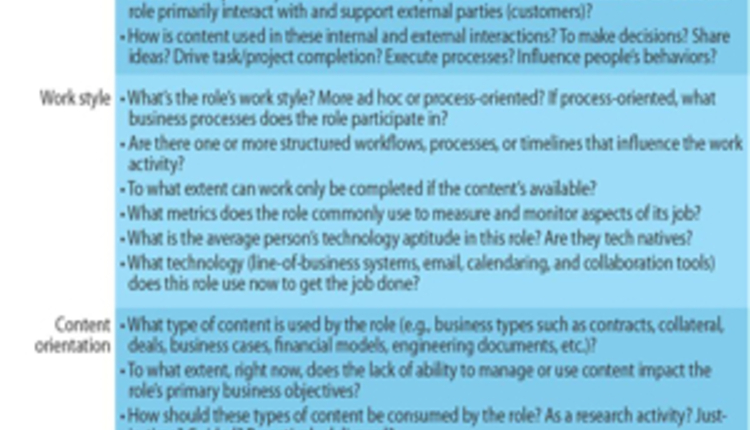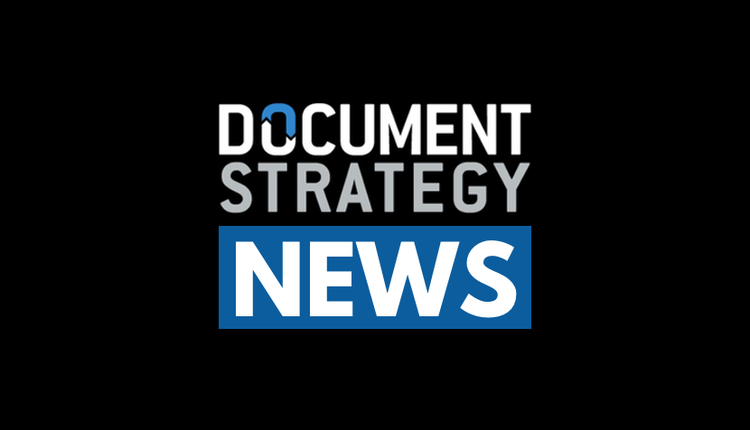Acceptance of outsourced document processing services (DPS) will
continue to grow in 2011, with hosted repository, document output and managed
print services adopting a multi-channel approach to address paper decline. These three components provide diverse
service offerings, but will grow steadily together in 2011, creating new corporate
solutions to more completely support document-intensive business processes. Here's what Forrester sees looking
ahead in each of these categories:
Hosted Repository
Services: Vendors Now Push the Multichannel View
Most hosted repository systems today capture and archive
transactional content originating outside the company, including scanned
images, faxes and electronic records. Although capturing paper as images remains important to businesses,
volumes are continuing to decline, forcing DPS providers to adjust offerings as
content moves to web forms, email and PDFs. Enterprises that focus on better transaction management will
see improved data quality with reduced costs and business cycle time. In order to work more successfully with
vendors, businesses must consider inbound and outbound communications together
in an integrated, multi-channel perspective, rather than as distinctly separate
channels. Hosted repository services
can help develop multi-channel vision by linking outbound content with inbound
transaction processing.
Document Output
Services: Pressured By Alternate Output Types
Document output services cover a wide range of projects, including contracts, facilities forms, marketing communications and
faxes. Enterprises are looking to
support faster, more personalized print, while increasing electronic
communication to achieve better customer service and reduced costs. This goal is leading companies to develop
communication triggers on websites and enterprise apps to instantly deliver
emails, text messages and printed material. These new forms of communication accelerate print decline,
as customers pass information electronically through smartphones and social
media channels. DPS providers can
support the transition from paper to electronic by reworking the services
platform to distribute transactional content across mobile and web channels for
more customer friendly communication processes.
Managed Print
Services: Enterprise Goals Start With Cost Control
More companies are attempting to narrow down office devices
to cut supply costs, as well as save money on the equipment itself. Enterprises are looking to MPS
providers to help make sure they can still support necessary print volumes with
fewer resources. Companies are
also looking to MPS providers to facilitate more secure document management
processes in areas like desktop computing, document authoring and collaboration. As there is often no one specifically
assigned to manage the security of these activities, loopholes — such as leaving
faxes in machines for long periods of time — often go unnoticed. Enterprises expect managed service
providers to help their offices protect corporate information, reduce the risk
of intruders and avoid noncompliance costs.
DPS providers are developing more BP and IT outsourcing
competencies. Additionally, the
three DPS segments will more tightly align, allowing office devices to
integrate with hosted repository services and document output services to host
more interactive consumer content. Within three years, enterprises will be able to process outbound
customer communication as a closed loop by inbound transaction services.
 |
CRAIG LE CLAIR is a
vice president and principal analyst at Forrester Research, where he serves
Business Process Professionals. For more information, visit www.forrester.com.

















